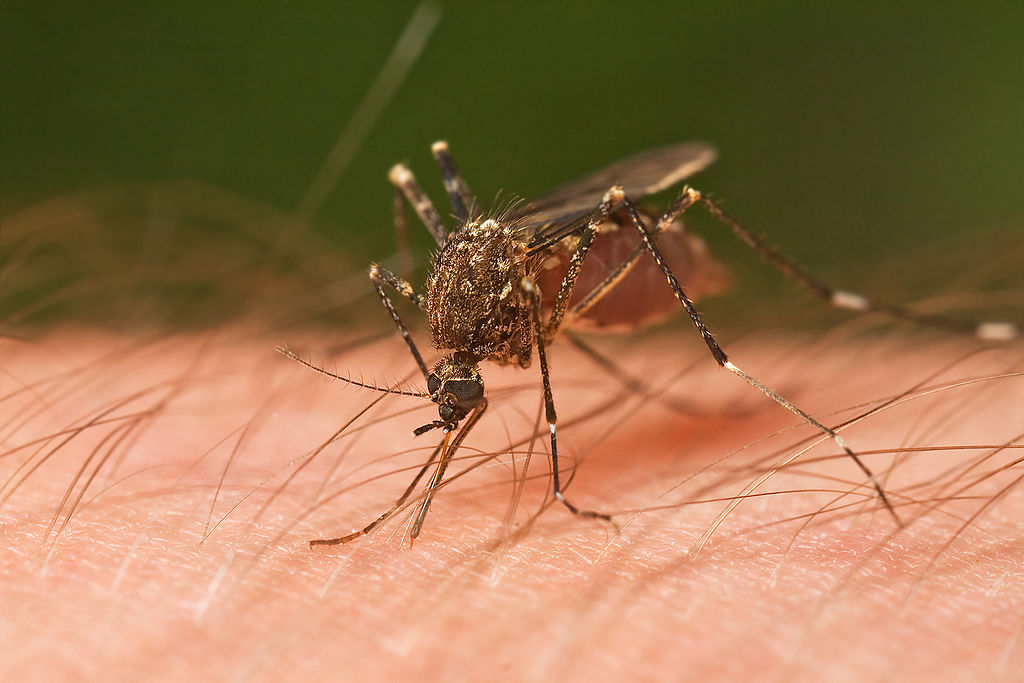Picture this: you’re enjoying a peaceful evening on your porch when that familiar high-pitched whine fills the air. Your hand instinctively swats at the tiny assassin buzzing near your ear. But what if that same mosquito could actually protect you from disease instead of spreading it? What sounds like science fiction might be closer to reality than you think. Scientists around the globe are working on revolutionary ways to transform these blood-sucking pests into allies in our fight against deadly diseases.
The Deadly Reality of Mosquito-Borne Diseases
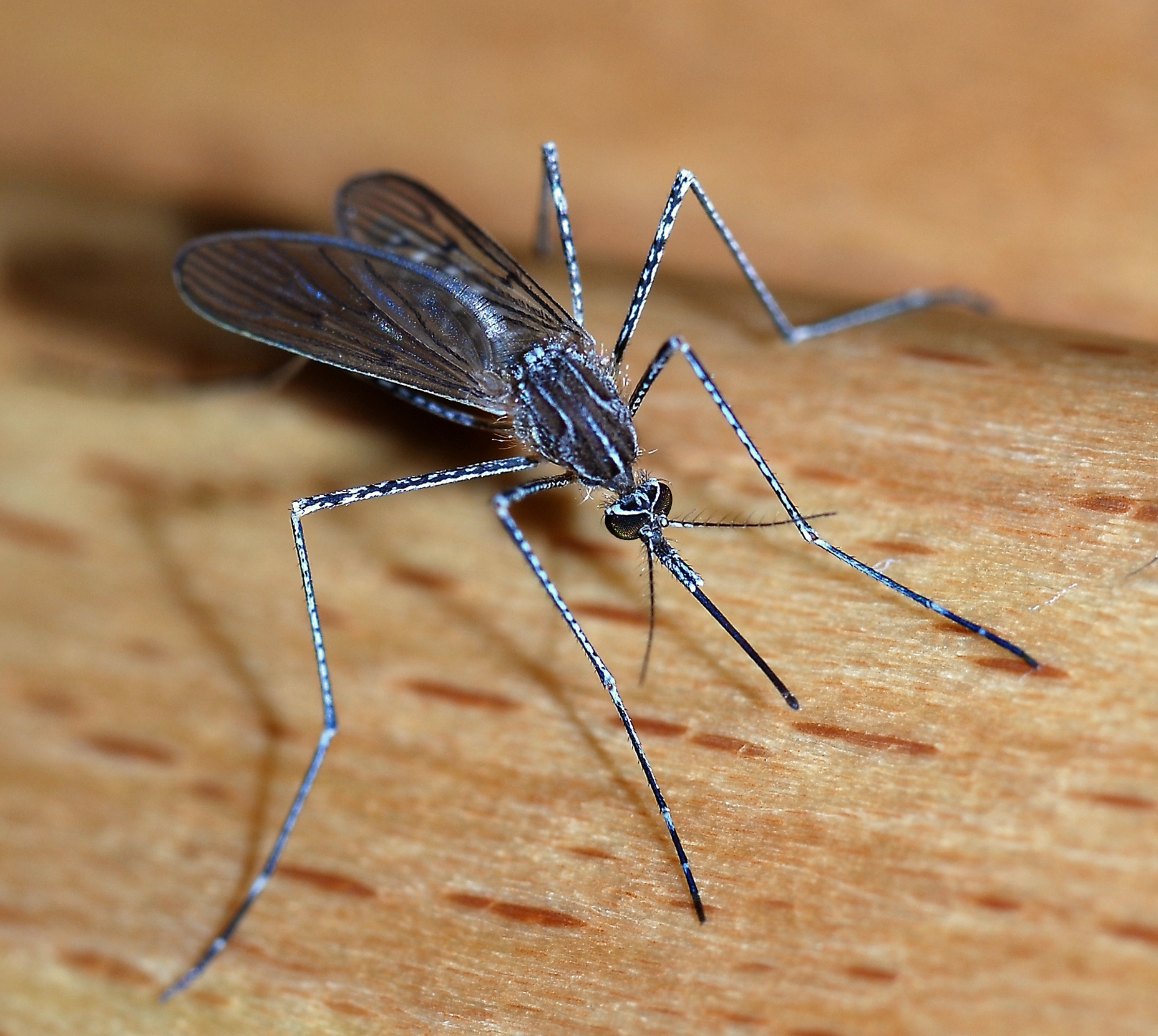
Mosquitoes kill more humans than any other animal on Earth, claiming over 725,000 lives annually through diseases like malaria, dengue fever, Zika, and yellow fever. These tiny insects act like flying syringes, picking up pathogens from infected hosts and injecting them into their next victims. In tropical regions, families live in constant fear of these invisible threats that can strike without warning. The World Health Organization estimates that malaria alone affects over 240 million people each year, with children under five bearing the heaviest burden. Traditional control methods like bed nets and insecticides have helped, but they’re not enough to eliminate the threat entirely.
What Makes Mosquitoes Such Perfect Disease Carriers
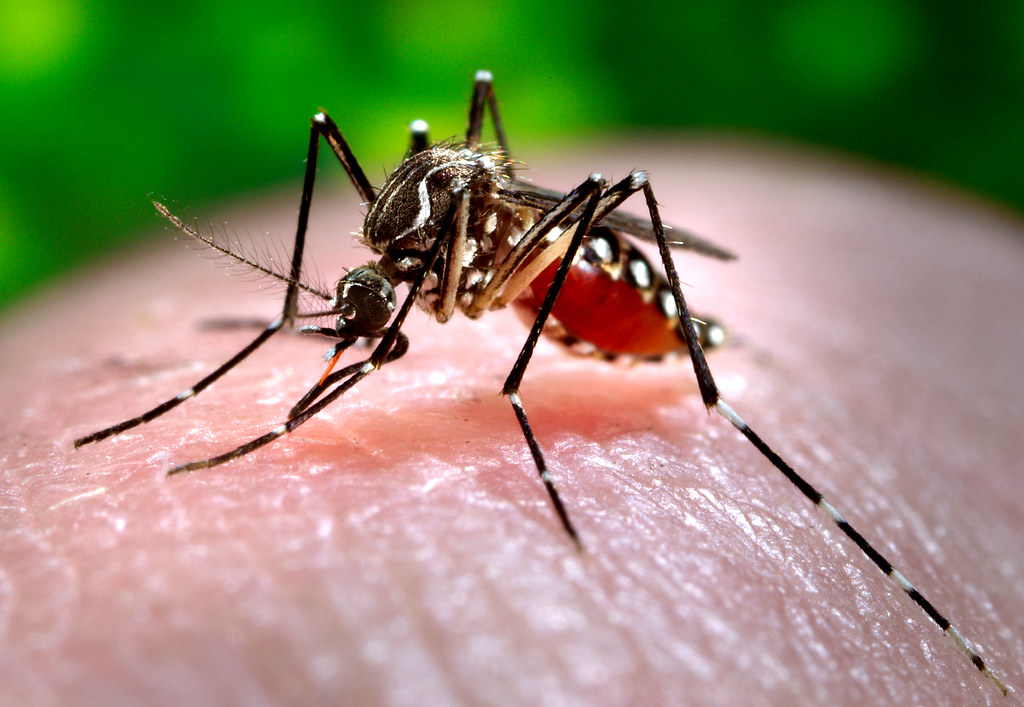
Female mosquitoes need blood to produce eggs, making them natural vectors for pathogens that live in our bloodstream. When a mosquito bites an infected person, viruses and parasites hitch a ride in her gut and eventually make their way to her salivary glands. The next time she feeds, these pathogens get injected into a new host along with her saliva, which contains anticoagulants to keep blood flowing. It’s like nature designed the perfect delivery system for microscopic hitchhikers. Some mosquito species are better at carrying certain diseases than others, which is why Aedes aegypti mosquitoes are particularly feared for spreading dengue and Zika viruses.
The Gene Drive Revolution
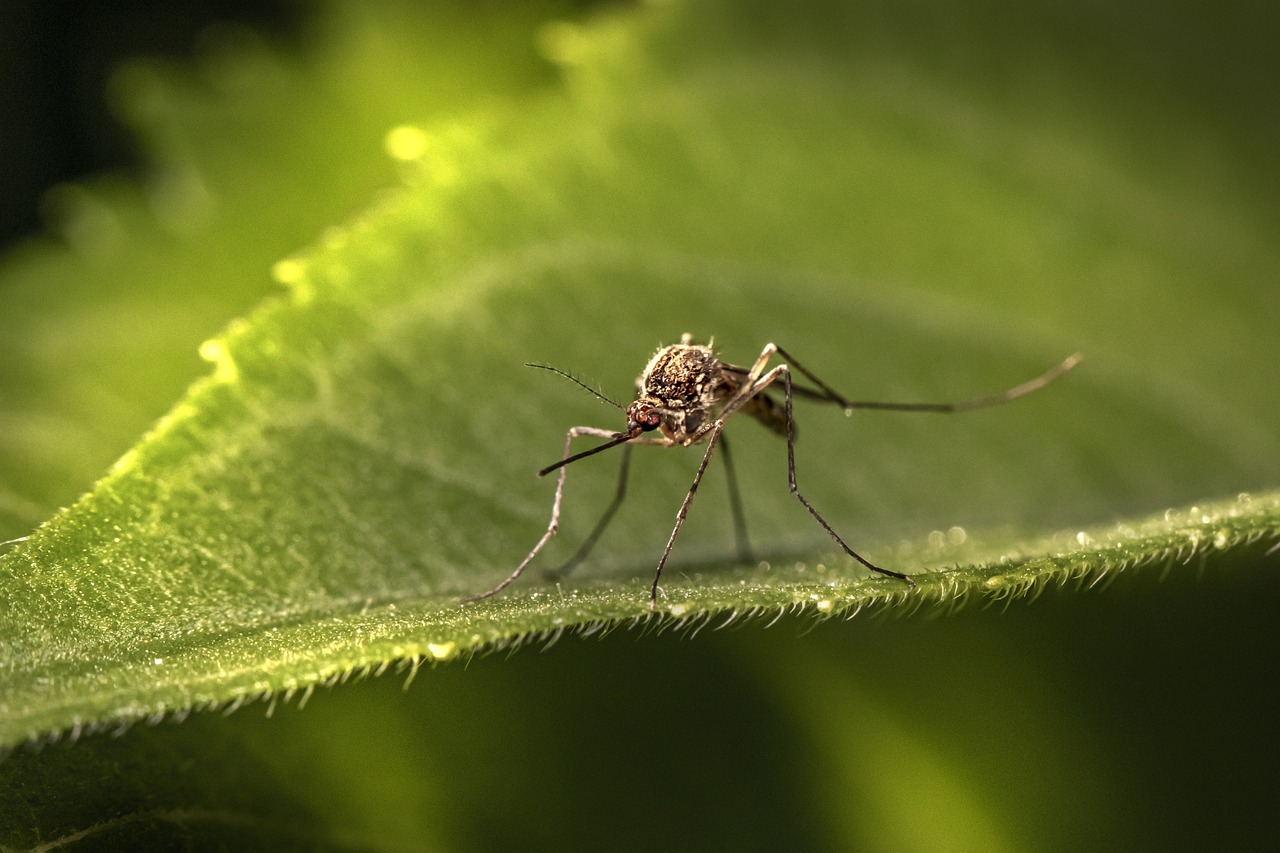
Gene drives represent one of the most promising and controversial approaches to mosquito control. Think of it as genetic engineering on steroids – scientists can insert modified genes that spread through wild populations faster than normal inheritance would allow. Instead of a 50-50 chance of passing on a trait, gene drives can push that probability up to 99%. This technology could theoretically spread beneficial modifications throughout entire mosquito populations in just a few generations. However, the power of gene drives also makes them incredibly risky, as any mistakes could have irreversible consequences for entire ecosystems.
Engineering Mosquitoes That Can’t Carry Malaria
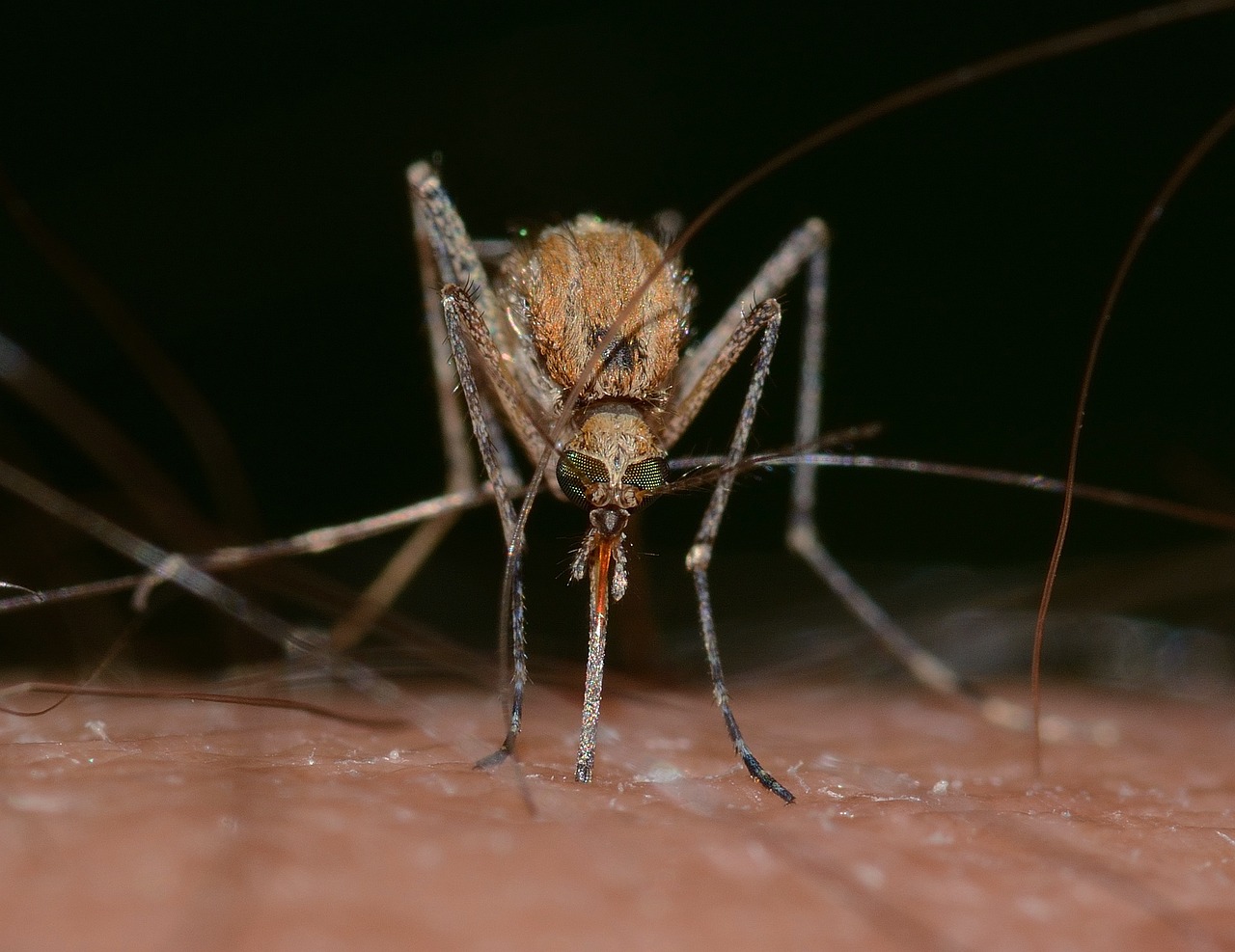
Researchers have successfully created genetically modified mosquitoes that are essentially immune to malaria parasites. These lab-bred insects carry genes that produce antibodies targeting the Plasmodium parasite, the organism responsible for malaria. When these modified mosquitoes bite an infected person, the parasites get destroyed before they can multiply and spread to the next victim. Laboratory tests show these engineered mosquitoes are 98% less likely to carry malaria parasites compared to their wild counterparts. The challenge now is figuring out how to safely introduce these modified genes into wild populations without causing unintended ecological disruptions.
The Sterile Insect Technique Goes High-Tech
Scientists are putting a modern twist on an old pest control method by creating genetically modified mosquitoes that produce sterile offspring. Male mosquitoes carrying a “kill switch” gene are released into the wild to mate with females, but their offspring die before reaching maturity. This approach has shown remarkable success in controlled trials, with mosquito populations crashing by up to 96% in some test areas. The beauty of this method is that it’s species-specific and self-limiting – the modified genes disappear along with the mosquito population. Companies like Oxitec have already released millions of these modified mosquitoes in the Florida Keys and other locations.
Wolbachia: The Bacterial Bodyguard
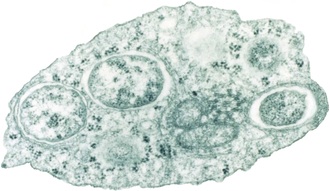
Sometimes the best weapon against disease comes in the form of helpful bacteria. Wolbachia is a naturally occurring bacteria that can infect mosquitoes and make them less capable of carrying viruses like dengue and Zika. When mosquitoes are infected with certain strains of Wolbachia, the bacteria essentially crowds out disease-causing viruses, reducing transmission rates by up to 70%. Scientists can breed Wolbachia-infected mosquitoes in laboratories and release them into wild populations, where the bacteria spreads naturally through mating. This approach is already being tested in countries like Indonesia, Vietnam, and Australia with promising results.
Creating Mosquitoes That Glow When Infected
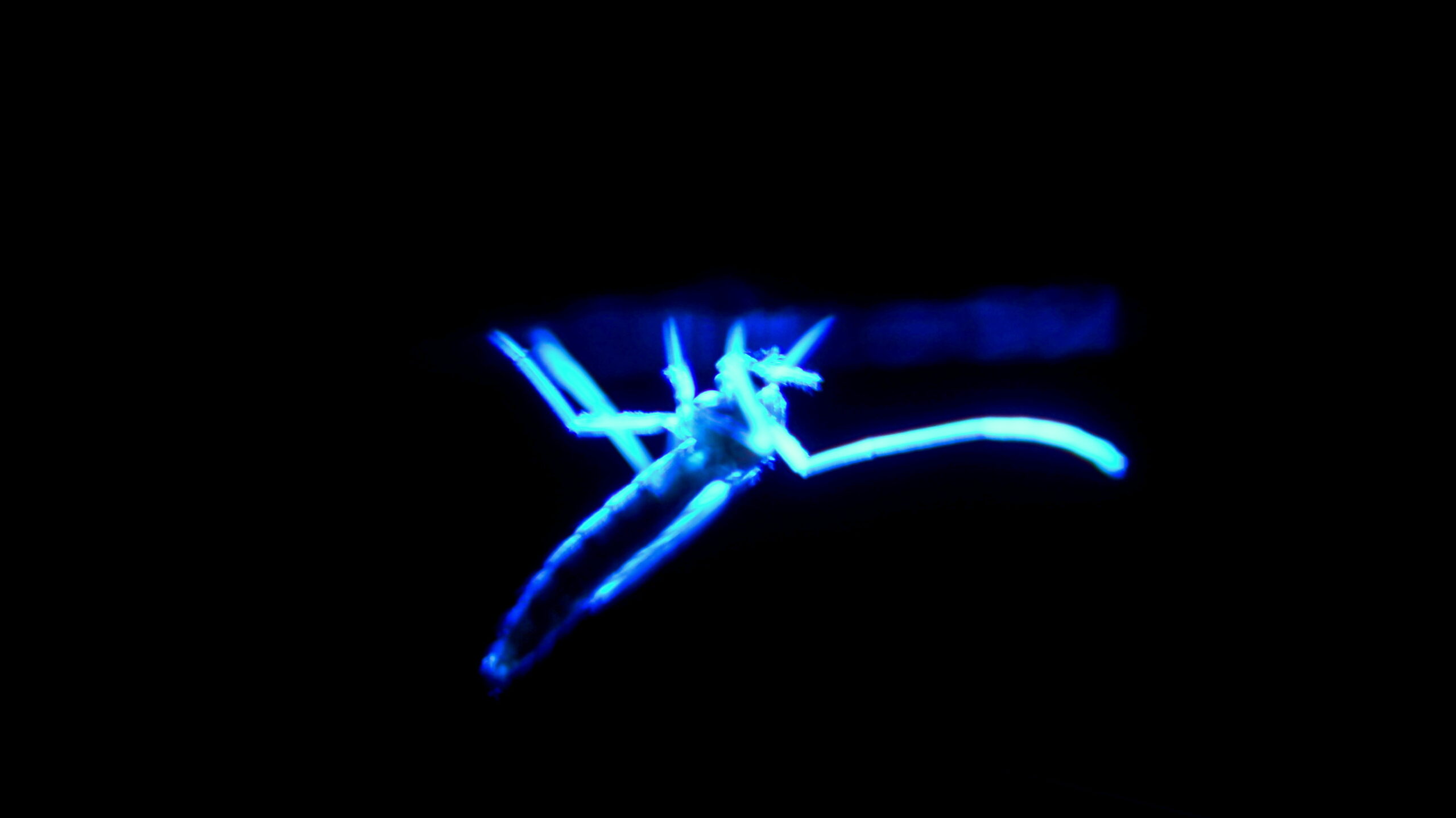
Imagine if diseased mosquitoes literally lit up like tiny warning beacons – that’s exactly what some researchers are working toward. Scientists have developed genetic modifications that cause mosquitoes to produce fluorescent proteins when they’re carrying specific pathogens. This living early warning system could help public health officials track disease outbreaks in real-time and target control efforts more effectively. While these glowing mosquitoes sound like something from a sci-fi movie, they represent a serious scientific effort to create better surveillance tools. The technology is still in early stages, but it demonstrates the creative approaches scientists are taking to combat mosquito-borne diseases.
Engineering Super-Immune Mosquitoes
Rather than killing mosquitoes or making them sterile, some scientists are exploring ways to boost their immune systems against specific pathogens. These super-immune mosquitoes would be able to clear infections quickly, breaking the transmission cycle without reducing mosquito populations. The approach mimics what happens in nature when some mosquito populations develop natural resistance to certain diseases. By identifying and enhancing these natural defense mechanisms, researchers hope to create mosquitoes that serve as dead-ends for disease transmission. This strategy could be particularly valuable in ecosystems where mosquitoes play important ecological roles as pollinators or food sources for other animals.
The Challenges of Field Testing
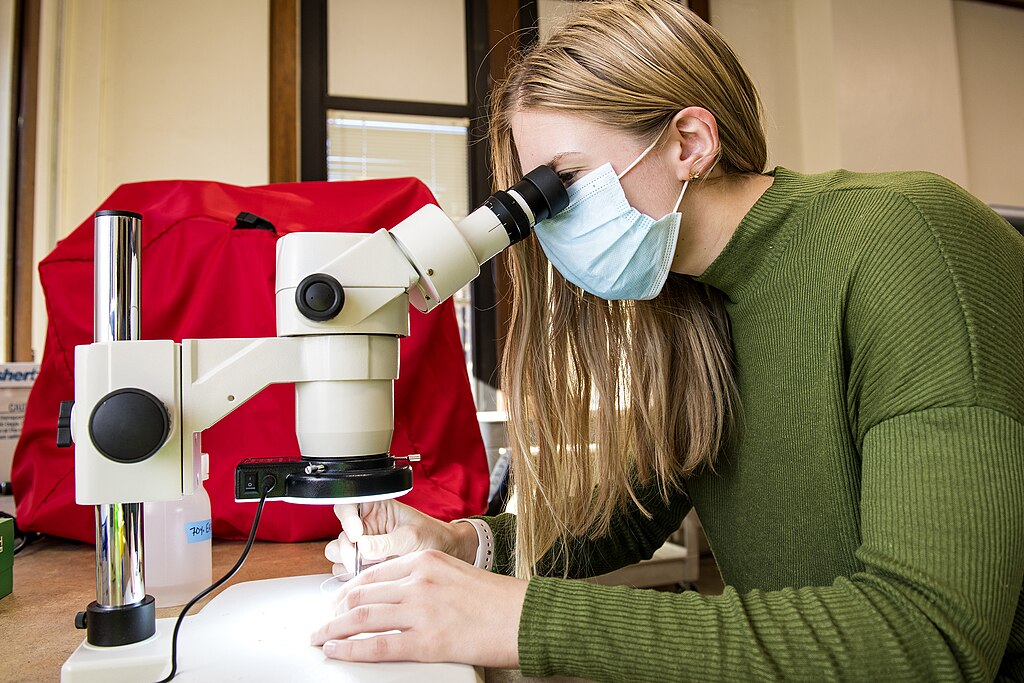
Moving from laboratory success to real-world applications presents enormous challenges that go far beyond science. Every proposed release of genetically modified mosquitoes faces intense scrutiny from regulatory agencies, environmental groups, and local communities. Public acceptance remains a major hurdle, as many people are understandably nervous about releasing genetically modified organisms into the environment. Scientists must conduct years of safety testing to prove their modifications won’t harm other species or create new ecological problems. Even successful lab results don’t guarantee success in the wild, where complex environmental factors can influence how genetic modifications behave.
Environmental and Ethical Concerns
Critics argue that genetically modifying mosquitoes could have unintended consequences that we won’t discover until it’s too late. Mosquitoes serve as food sources for birds, bats, fish, and other insects, so drastically reducing their numbers could ripple through entire food webs. There are also concerns about creating genetic modifications that could jump to other species or evolve in unexpected ways once released. Some communities feel they’re being used as guinea pigs for untested technologies, particularly in developing countries where many trials are conducted. The irreversible nature of some genetic modifications, especially gene drives, raises questions about whether humans have the right to permanently alter other species.
Success Stories From Around the World

Despite the challenges, several real-world trials have produced encouraging results that give hope for the future. In North Queensland, Australia, researchers released Wolbachia-infected mosquitoes that reduced dengue transmission by 40% in treated areas. The Cayman Islands saw a 96% reduction in Aedes aegypti mosquito populations after releasing genetically modified sterile males. Indonesia’s World Mosquito Program has shown similar success with Wolbachia-infected mosquitoes, leading to significant reductions in dengue cases. These success stories demonstrate that engineered mosquitoes can work in real-world conditions, not just laboratory settings.
The Role of Artificial Intelligence in Mosquito Engineering
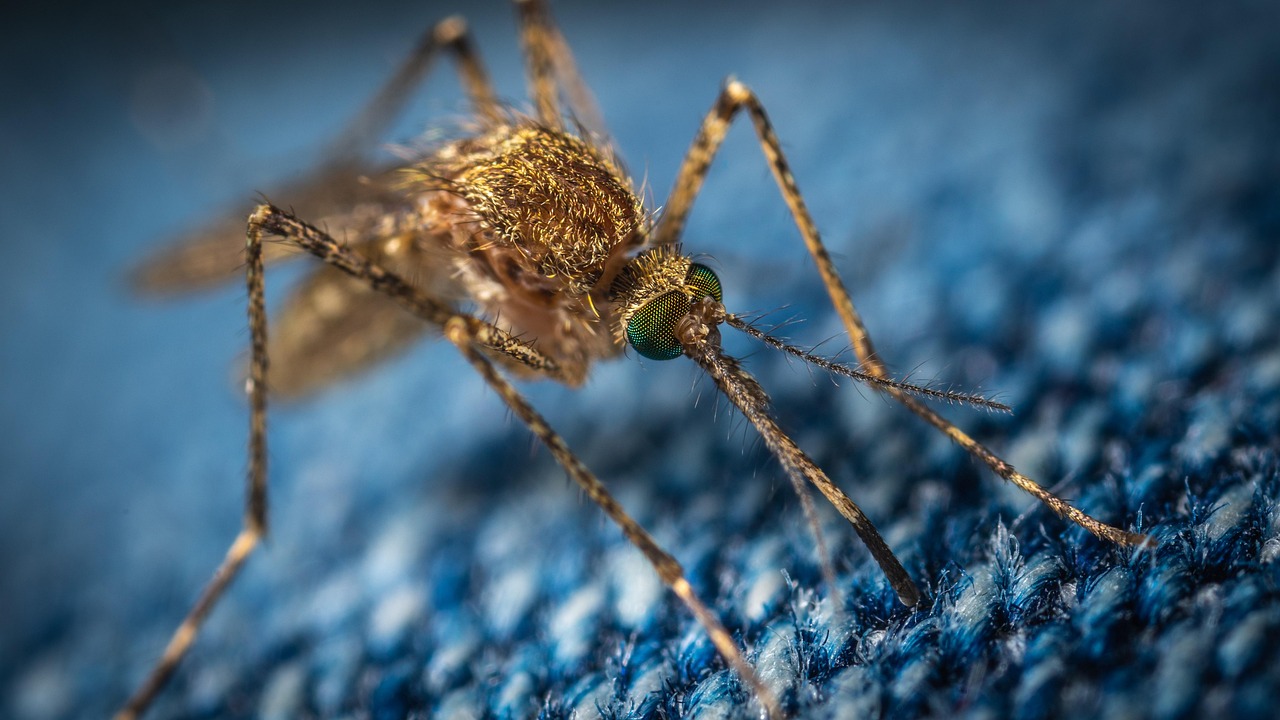
Cutting-edge artificial intelligence is revolutionizing how scientists design and test genetic modifications in mosquitoes. Machine learning algorithms can predict how genetic changes will affect mosquito behavior, survival, and disease transmission before any lab work begins. AI systems analyze vast amounts of genomic data to identify the most promising targets for genetic modification while minimizing risks. Computer simulations can model how modified mosquitoes might spread through wild populations under different environmental conditions. This high-tech approach speeds up research and helps scientists make more informed decisions about which modifications to pursue.
Combining Multiple Approaches for Maximum Impact
The most promising strategies involve combining different mosquito modification techniques rather than relying on any single approach. Scientists are exploring combinations of Wolbachia infection, genetic sterilization, and immune enhancement to create multi-layered defense systems against disease transmission. This approach reduces the risk of mosquitoes developing resistance to any single modification while maximizing the chances of success. Some regions might benefit from population reduction strategies, while others could use disease-blocking modifications that preserve ecological functions. The future of mosquito control likely lies in customized combinations tailored to specific diseases, mosquito species, and local environments.
What the Future Holds
The next decade will likely see expanded field trials and the first large-scale deployments of engineered mosquitoes in disease-endemic regions. Regulatory frameworks are evolving to keep pace with rapidly advancing technology, though public acceptance remains a crucial factor in determining success. Scientists are working on more precise and reversible modifications that address current safety concerns while maintaining effectiveness. International cooperation is growing as countries recognize that mosquito-borne diseases don’t respect borders and require coordinated responses. The technology that once seemed impossible is becoming reality, bringing us closer to a world where mosquitoes help prevent disease rather than spread it.
Conclusion
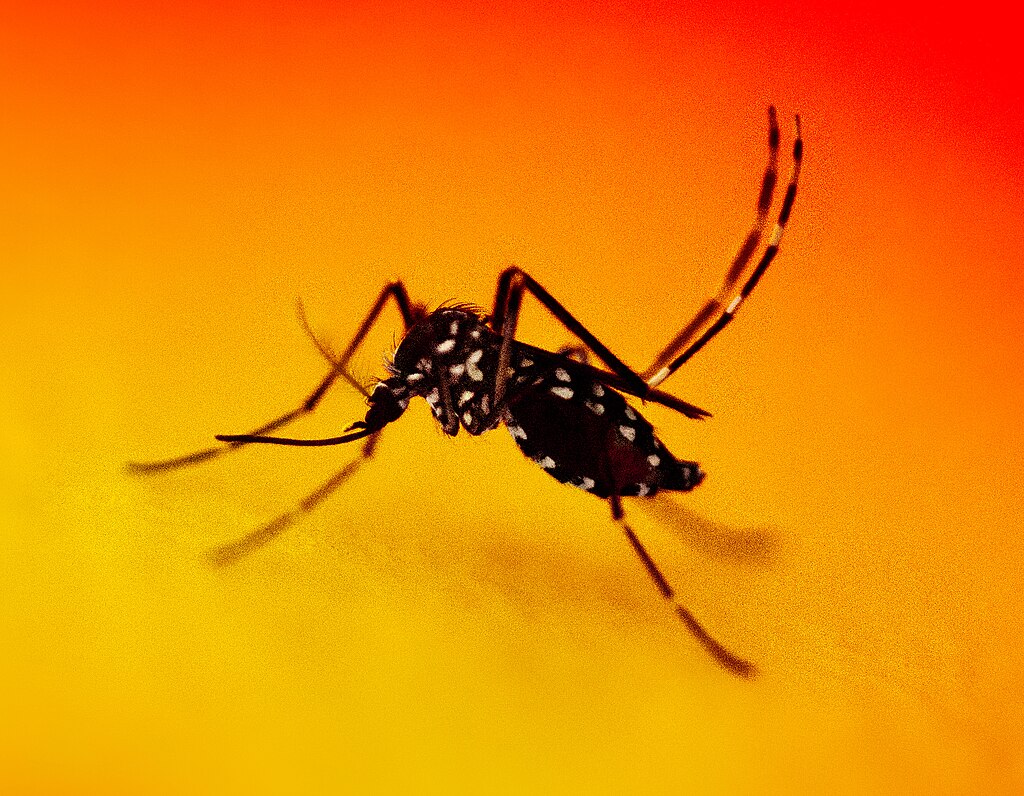
The battle against mosquito-borne diseases is entering a new phase where our smallest enemies might become our greatest allies. While challenges remain, the scientific breakthroughs happening today could save millions of lives in the decades to come. From glowing mosquitoes to bacterial bodyguards, the solutions emerging from laboratories around the world read like science fiction but represent very real hope for communities ravaged by these ancient killers. The question isn’t whether we can engineer mosquitoes to stop spreading disease – it’s whether we’ll have the wisdom and courage to do it safely. What would you say to a technology that could eliminate malaria forever?

